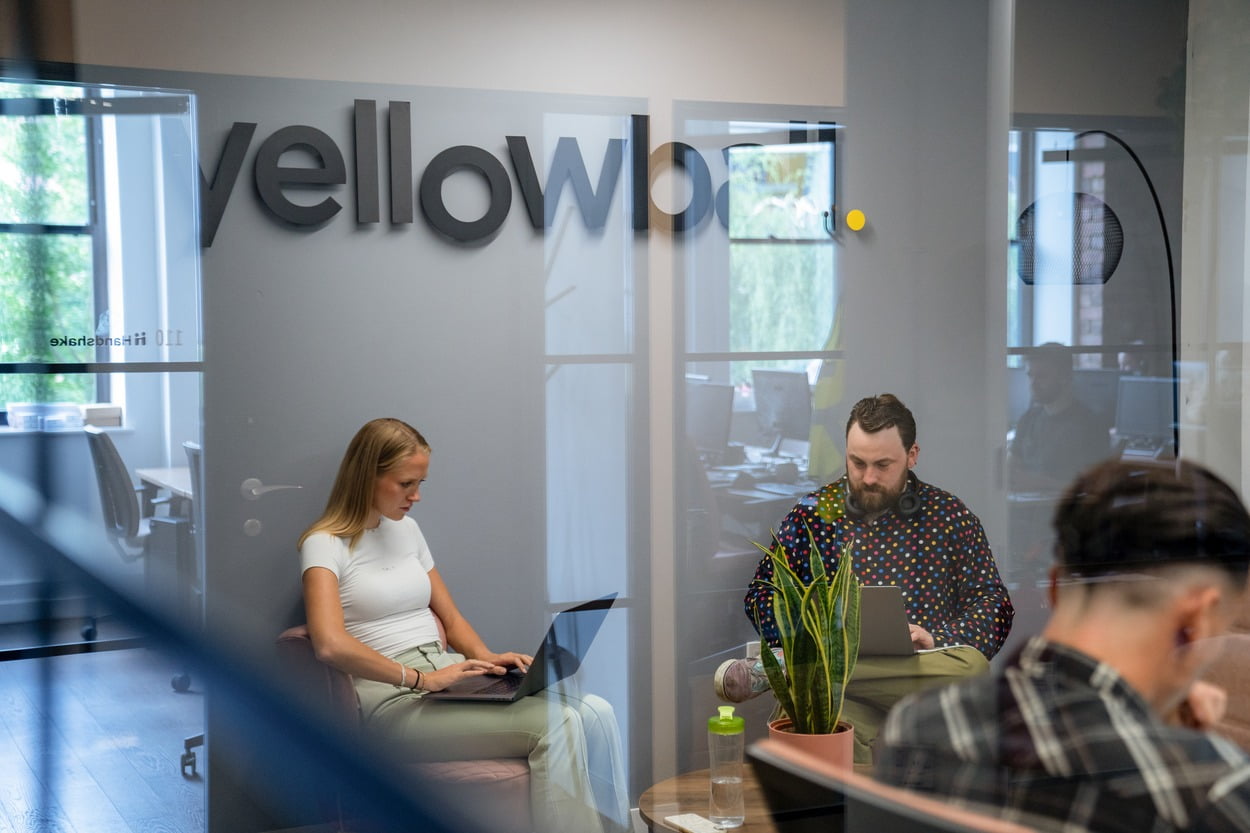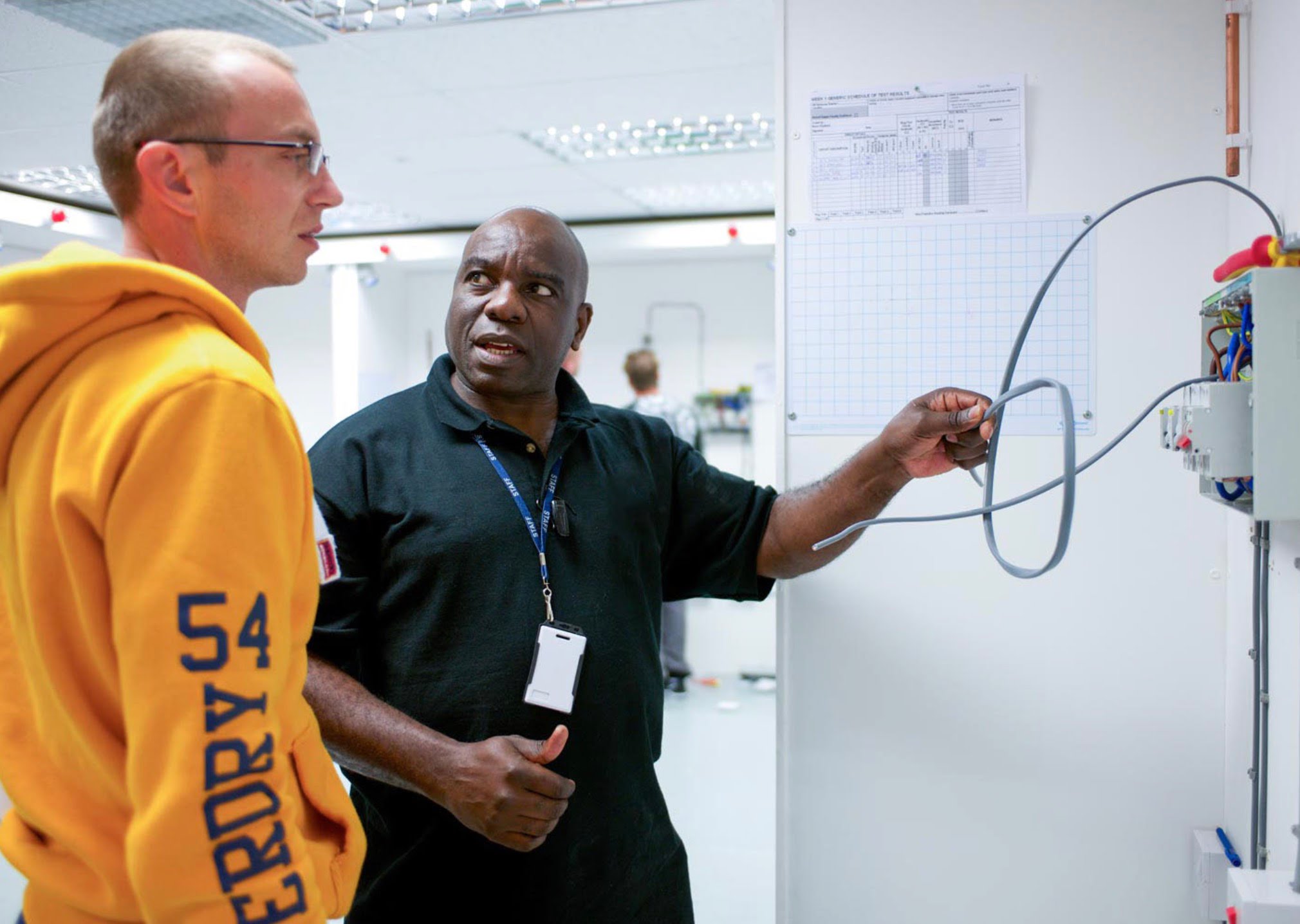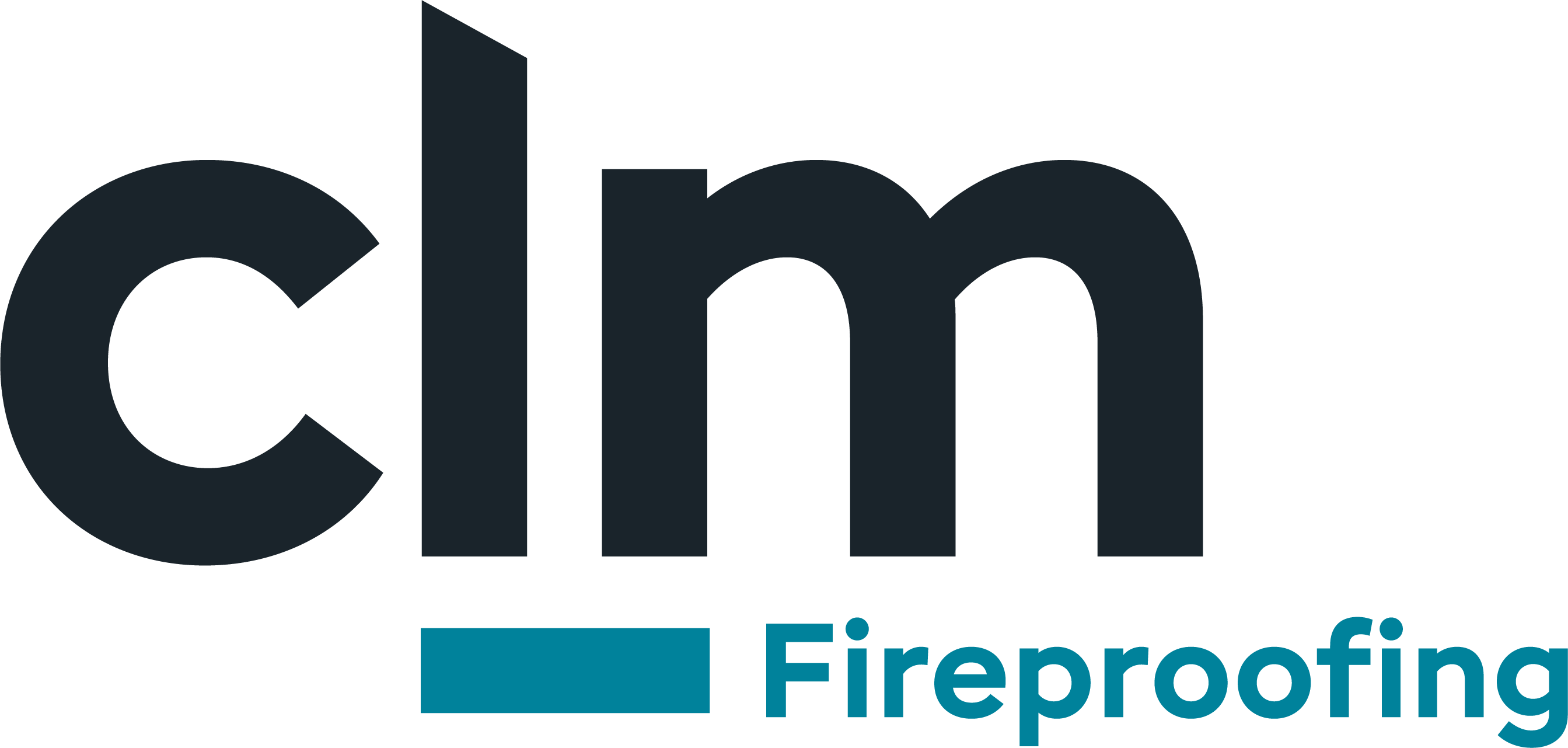Where were the opportunities within the account?
Working in a specialised commercial industry, it was important for the client to get the right type of leads from the right sized businesses, whilst avoiding more generic work and targeting predominantly businesses rather than residential requests.
Having never ran PPC before, we were working with a blank canvas and in a specialised industry. Because we had also designed and built the clients website, we knew we were off to a great start and we were also able to create bespoke landing pages for the PPC with our in house team. We first made a few recommendations on how these landing pages could be improved from a PPC perspective as they were primarily built for SEO and lacked enticing call to actions.
Following the website amendments, we embarked on an intensive period of keyword research and formulated a wireframe for how we proposed to build and structure the account, ensuring that all of the clients key services were adequately covered. Of key importance here was to ensure that we were targeting the right keywords and doing our best to deter small or residential (rather than commercial) work for the client, as they were only looking for specific type of work.
We also encouraged the client to track all possible leads into the website so that we had full visibility over the impact of the PPC campaigns. The client happily did so, ensuring all contact forms on the website were tracked and also signing up to a third party phone tracking software company that allows all calls to be fully tracked and attributed back to the relevant marketing source. This gave us full visibility on exactly how many leads we were generating for the client, from what keywords the leads were being generated and how much every lead costed the business.
Following the initial build and launch of the campaign, it was first a case of ensuring maximum impression share. The client had a healthy budget which would allow them to dominate their space and rank #1 for the majority of searches. We very carefully managed the account to ensure that this was the case and maximum impressions were secured.
Over following months, after starting with a manual CPC bidding strategy, we opted to test some automated bidding strategies given the conversion data that we were now starting to accrue in the account. We found that for the larger spending campaigns, the automated bidding strategies have outperformed manual CPC, whereas the smaller scale campaigns have performed better from Manual CPC which we have maintained.
Another big observation was the fact that there were clear trends starting to emerge in terms of both day of the week and hour of day where the most leads were being generated from the PPC activity. We capitalised on this with bid adjustments to ensure maximum visibility at these key times to take advantage of the users higher capacity to commit to enquiries during these time frames.
On a similar note, we also noticed that there were clear differences in terms of performance by device for the client. Being a commercial B2B client in construction, we had found unsurprisingly that the majority of conversions were being made on computer devices, which we optimised the account for.

















